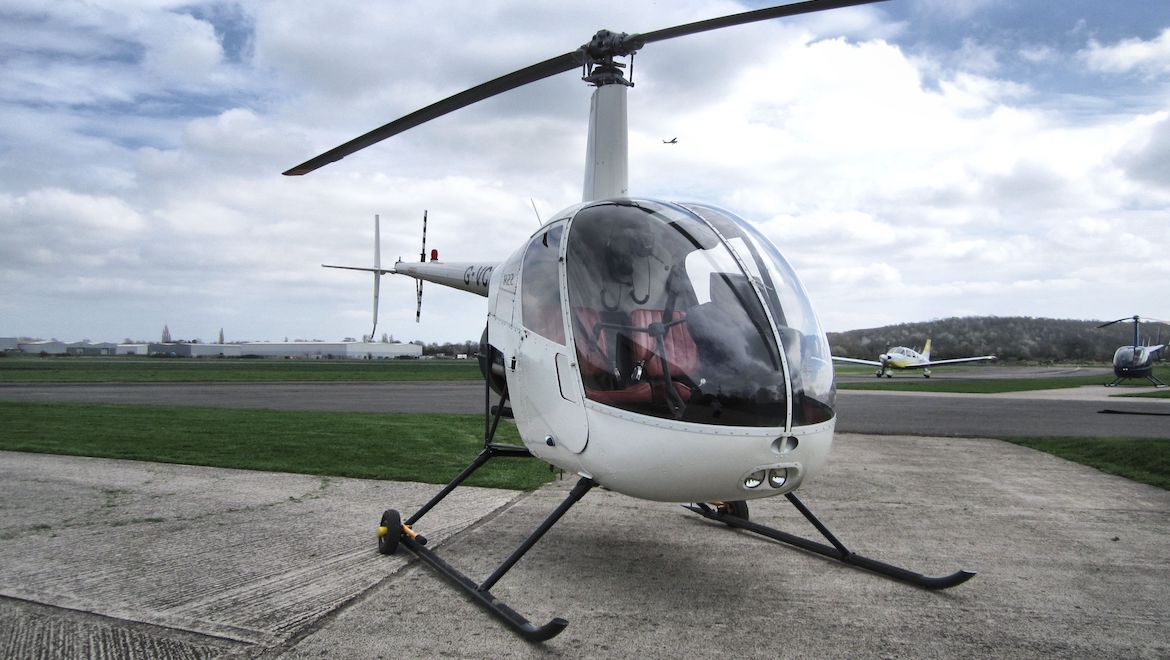
In mid-2018 several Australian Helicopter Industry Association (AHIA) members raised serious concerns with the AHIA board about the high failure rate of cylinders and valves in piston-engined Robinson R22 and Raven 1 helicopters in the northern regions of Australia.
At the time, the Civil Aviation Safety Authority (CASA) had convened a group called the Northern fuel stake holders group to discuss the issues raised by industry.

I, as AHIA chief executive, attended the last of the group’s meetings and reported to the board that the outcomes were non-effective, the issues were serious and had the potential for affecting the ongoing safe operations of the piston engine fleet in Northern Australia.
The AHIA board agreed that the issues should be elevated to a very high priority for the association.
The board organised for an independent panel of experts to investigate the cause of the engine durability issues.
The scope for the expert panel was to investigate every aspect and components of the engines’ operations, including the environmental aspects and all consumables used in the engines.

The voluntary work carried out by the panel has provided highly supportable findings and recommendations for the major stakeholders in the operation and supply chain associated with these engine types.
The research has also highlighted the detailed operational data for operators of these aircraft to view how these engines performed internally in various ambient conditions and with variations to oil and fuel grades.

The research determined, in certain ambient conditions, that using fuels with a relatively high ratio of aromatics versus lead content could give rise to a significant decrease in engine durability.
This problem is manifested by the early onset of excessive exhaust valve wearing, with attendant rough running and lower compressions.
As a result of the research, the AHIA has posed a series of questions to CASA so as to continue the dialogue on solving the piston engine durability issues.
The full report is available from the AHIA.
Paul Tyrrell is the chief executive of the Australian Helicopter Industry Association.















